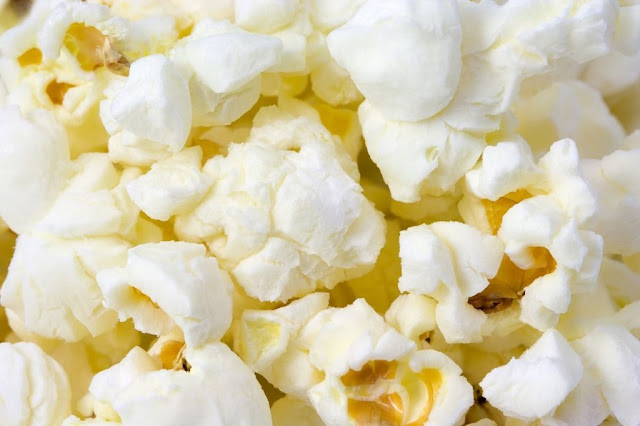Sometimes people want to eat stale popcorn.
During one experiment filmgoers were asked to rate several movie trailers. Instead, researchers were looking at eating habits by giving some participants freshly popped popcorn while others got a week-old stale batch. Yes, everyone consumed the fresh stuff. But some also appeared to be enjoying the stale popcorn.
Where are we going? To how we make and break habits.
Popcorn Habits
It turned out that the stale and fresh eaters had different habits. The people who said the stale popcorn was inedible tended not to down popcorn while at the movies. Those that ate it said they regularly consumed popcorn while watching a film. Researchers hypothesized that the group with the popcorn habit just did what they always do with little thought.
To see how they could break a habit, the next step was to ask people to eat their popcorn with a right hand if they were lefties and a left hand if they were righties. The result then was much less consumption of bad tasting popcorn.
Smoking Habits
The popcorn experiment provides some insight about why fewer adults smoke cigarettes. Since the 1960s, the rate has continued to sink. From 42.4 percent in 1965 and 16.8 percent in 2014, the adult smoking rate went down to 13.7 percent in 2018:
At first health experts and regulators told us that smoking was bad for us. On the package, in the media, word of mouth, all said that you get lung cancer and emphysema from smoking. People knew it.
But they kept smoking.
Then though laws were passed that eliminated cigarettes from vending machines. To buy them you had to request a pack from behind the counter. To smoke, you had to leave the office or the restaurant and sometimes even the bar. That was when smoking rates went down. It wasn’t will power that made people stop. It was about the hassle.
Our Bottom Line: Friction
In physics, friction slows the movement of a sliding object. In economics, it diminishes a person’s willingness and ability to do something.
When a behavior is a habit, we do it automatically, thinking little, acting immediately. However, if it’s not habitual, then just contemplating the action creates some friction. For movie goers, there was little friction for the habitual popcorn eaters until they had to switch hands.
Similarly for smoking. As a habit, smoking cigarettes used to be frictionless. But then as the friction went up, demand went down.
Whether it’s cigarettes or another undesirable commodity, more friction can decrease demand, But when your goal is the opposite, just do what Netflix does and immediately take us to the next episode. Or use one-click like Amazon. We cannot resist because there is no friction.
My sources and more: Always interesting, NPR’s Hidden Brain focused this week on making and breaking habits. Their Wendy Wood interview took me to her research lab. Then, for my smoking data, The Washington Post had a fascinating summary of who smokes and some history as did the CDC.
Ideal for the classroom, econlife.com reflects Elaine Schwartz’s work as a teacher and a writer. As a teacher at the Kent Place School in Summit, NJ, she’s been an Endowed Chair in Economics and chaired the history department. She’s developed curricula, was a featured teacher in the Annenberg/CPB video project “The Economics Classroom,” and has written several books including Econ 101 ½ (Avon Books/Harper Collins). You can get econlife on a daily basis! Head to econlife.








No comments:
Post a Comment